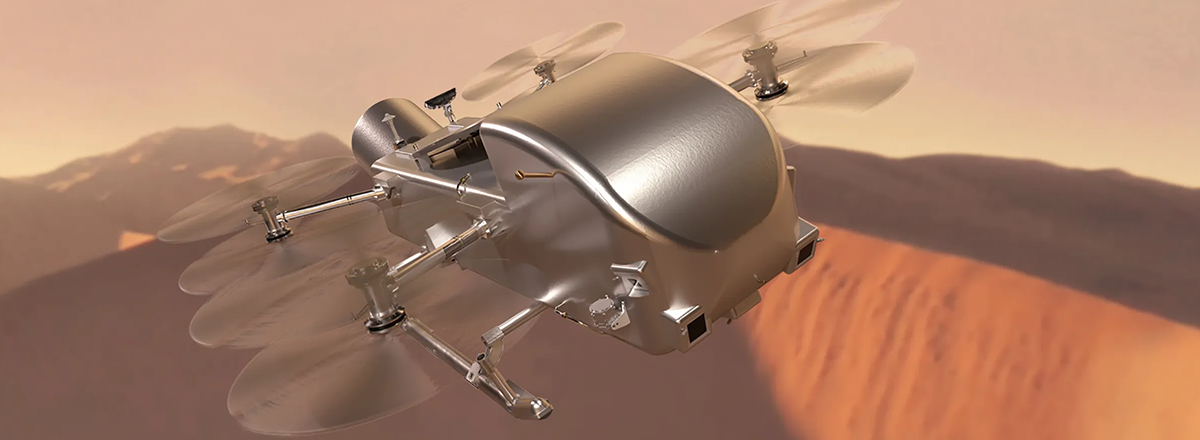NASA’s Dragonfly Mission Set for 2028 Launch to Explore Saturn's Moon Titan
Despite budgetary constraints and the challenges posed by the COVID-19 pandemic, the space agency is pressing forward with plans to send the rotorcraft to explore Titan’s complex, organic-rich environment.

NASA has confirmed that its ambitious Dragonfly mission to Saturn's moon Titan is on schedule for a July 2028 launch. Despite budgetary constraints and the challenges posed by the COVID-19 pandemic, the space agency is pressing forward with plans to send the rotorcraft to explore Titan’s complex, organic-rich environment.
Dragonfly, a drone-like rotorcraft, is designed to fly across the skies of Titan, which is the only celestial body besides Earth known to have liquid on its surface. Titan’s dense, nitrogen-rich atmosphere and the presence of water ice and hydrocarbons make it a unique target for astrobiological research. Scientists believe that the moon could offer clues about the early Earth and the potential for life elsewhere in the solar system.
The mission, managed by the Johns Hopkins Applied Physics Laboratory (APL), aims to study prebiotic chemical processes that are key to understanding both Titan and early Earth. Upon its arrival in 2034, Dragonfly will visit multiple locations on Titan, exploring dunes and impact craters where organic materials and liquid water could have mixed.
The total lifecycle cost of the Dragonfly mission is estimated at $3.35 billion, a significant increase from initial estimates.

